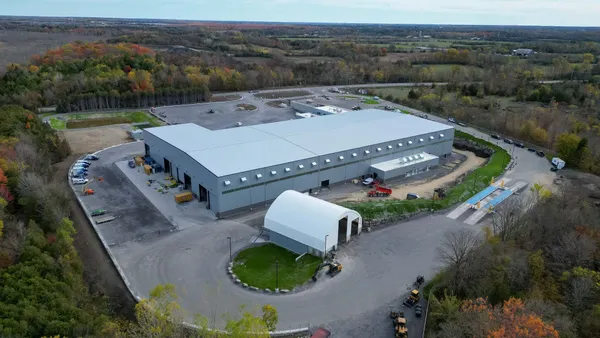Dive Brief:
- The national recycling rate increased to 34.6% in 2014 — up from 34% the previous year — according to the Environmental Protection Agency's newest Advancing Sustainable Materials Management report.
- According to EPA, 258.5 million tons of municipal solid waste were generated in 2014 and more than 89 million tons were recycled. Diversion rates increased for yard trimmings, consumer electronics and food compared to 2013.
- While overall population and landfill tonnage increased in 2014, daily per capita waste generation saw a slight decrease from 4.45 pounds in 2013 to 4.44 pounds per person.
Dive Insight:
Though these EPA statistics are among the most widely cited when it comes to tracking progress on sustainable waste management they're viewed with skepticism by some. Recent reports indicate that the trends may be accurate, but have found much higher tonnage figures for waste generation and lower diversion rates. These discrepancies have led to a call for different methodologies and more standardized reporting. This edition of the EPA's report recognizes these potential differences and indicates a willingness to "work with stakeholders to identify methodologies and additional [publicly] available data to improve our national understanding of materials flow in the U.S."
One clear trend, regardless of tonnage data, is that large portions of food waste are still not being recovered. According to the report, food waste comprised nearly 22% of the material being sent to landfills or waste-to-energy facilities. A slight increase in composting shows a positive trend away from that, but much more will need to be done in order to reach the agency's goal of reducing food waste 50% by 2030.
In another recurring trend, personal consumer expenditures continued to grow to unprecedented levels at a much faster rate than overall waste generation. Though a trend toward lightweight packaging may be one factor in this it's also true that per capita waste generation has remained fairly steady. As the EPA has noted in years past, this shows that increased diversion rates may be less important than decreased per capita generation when it comes to more sustainably managing the overall waste stream.









